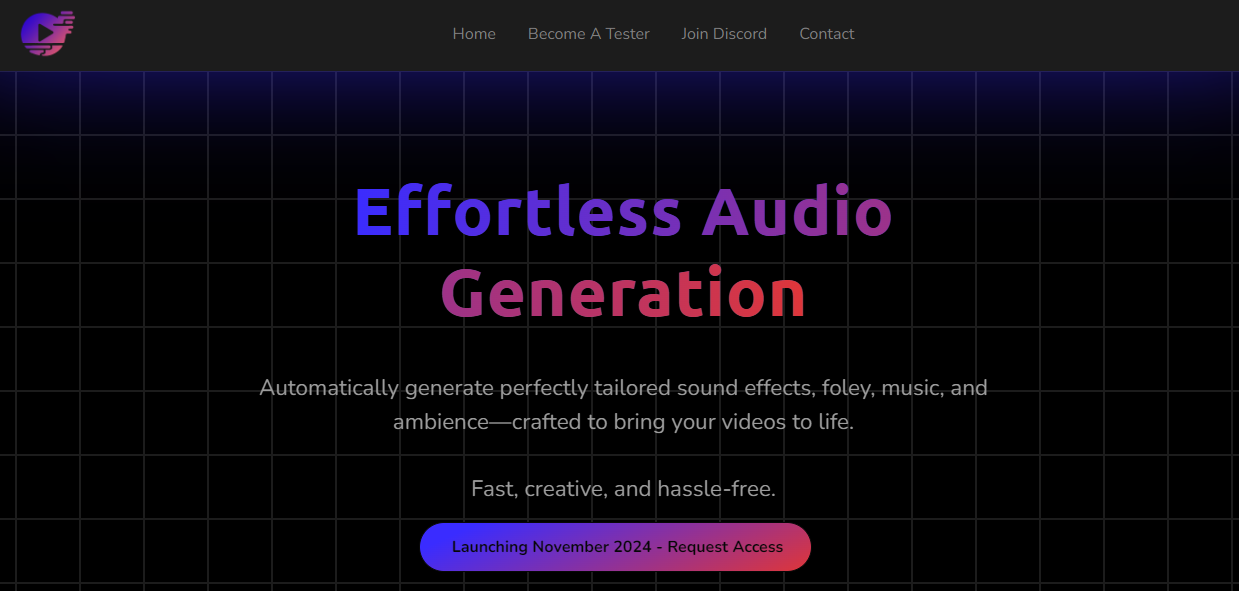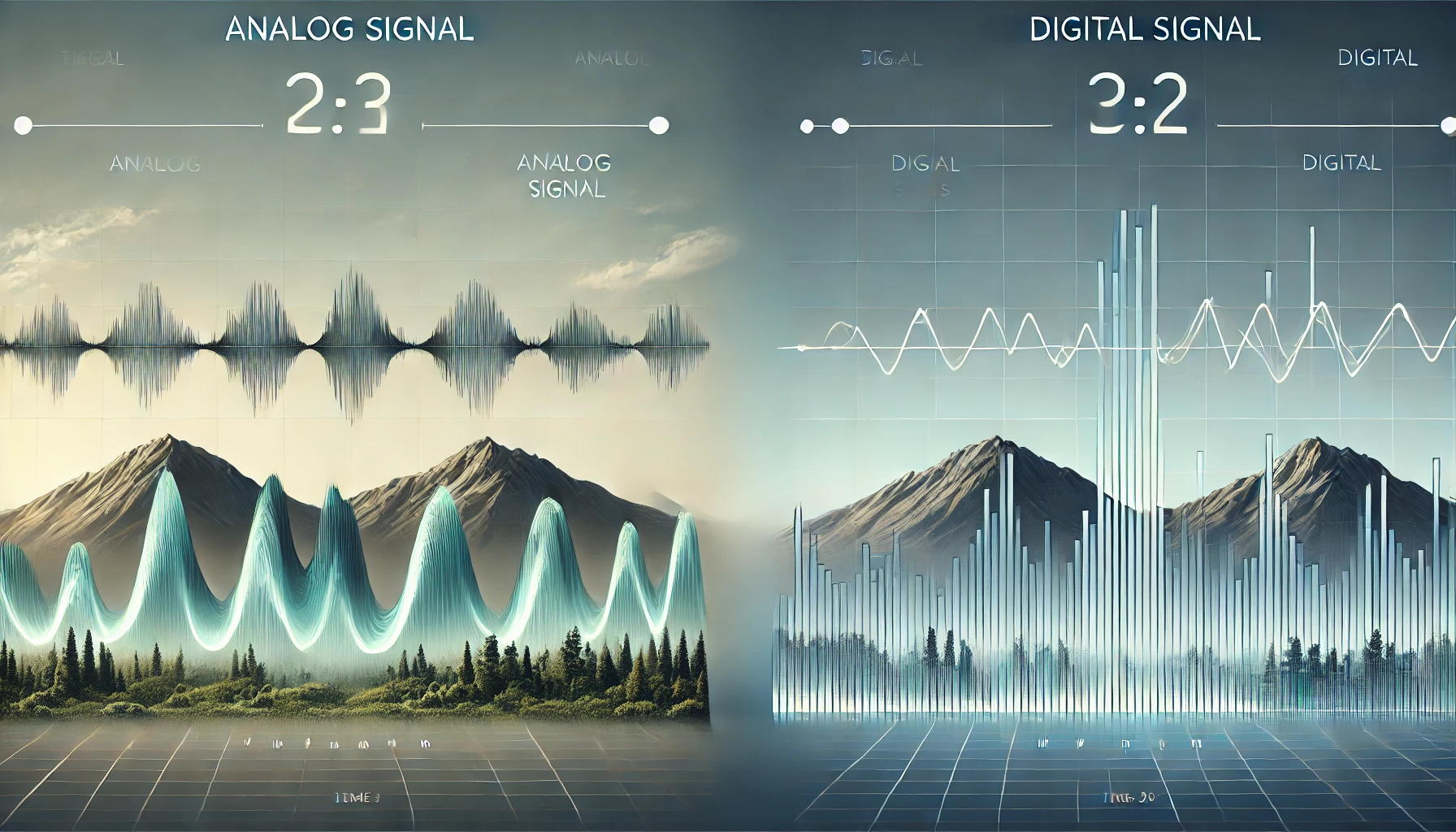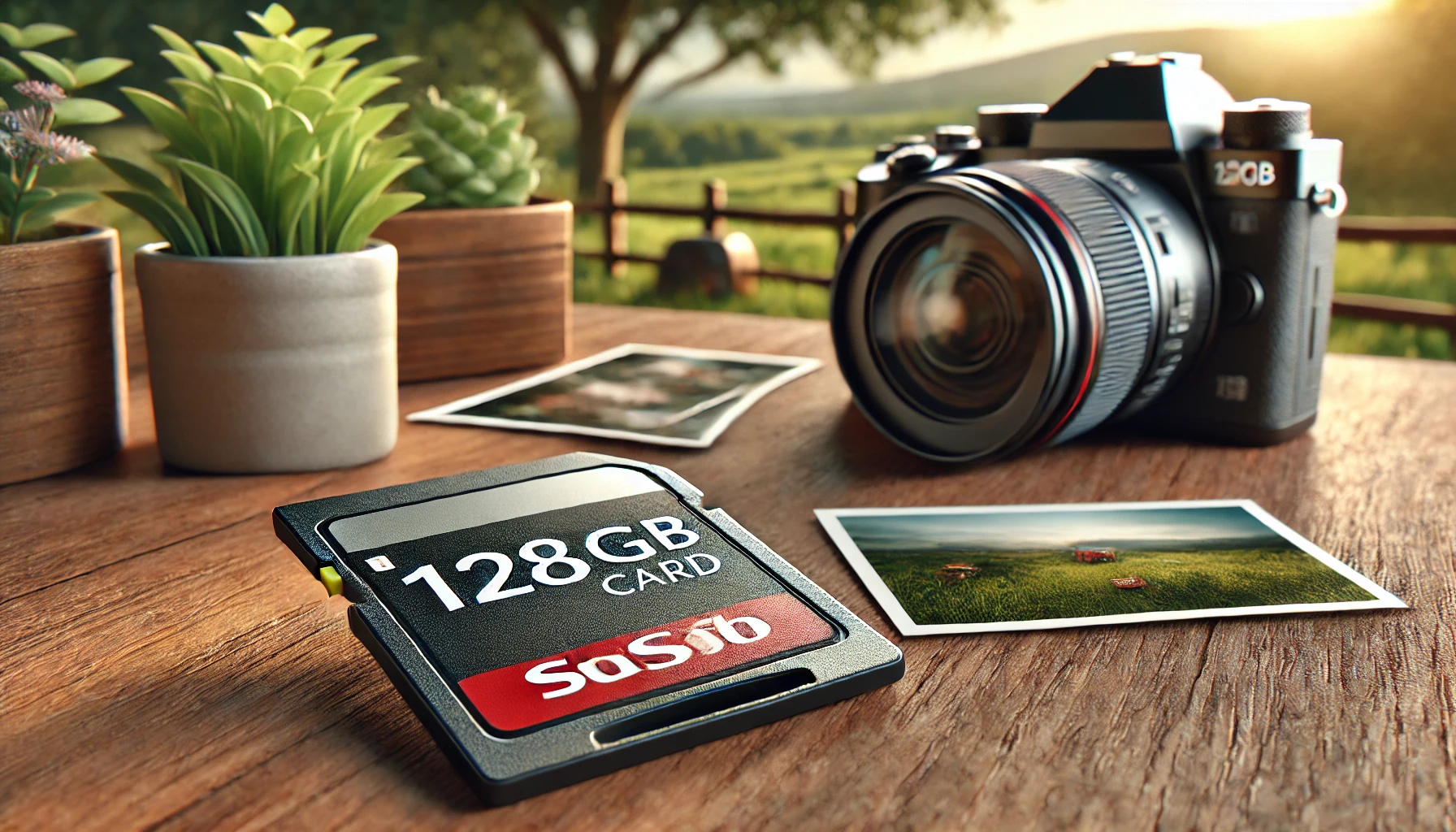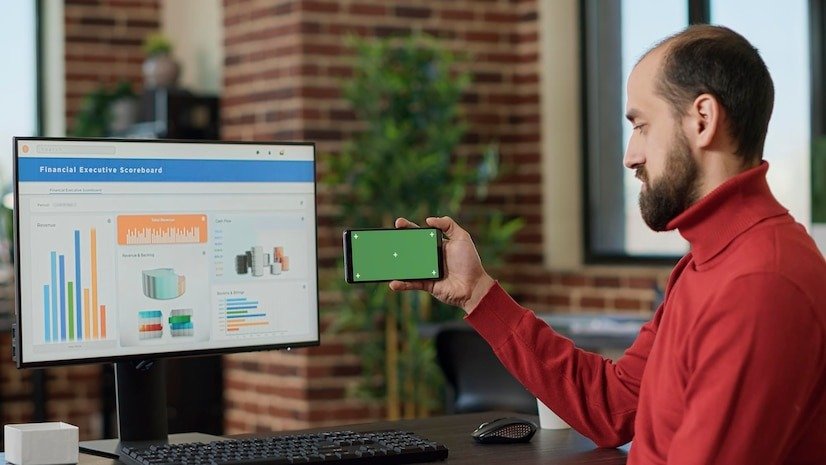The rise of the digital economy has created countless opportunities for entrepreneurs, with marketplace apps being one of the most lucrative and scalable business models today. Platforms like Amazon, Airbnb, and Uber have set the standard for how marketplace apps can connect buyers and sellers in new and innovative ways. But building a successful marketplace app requires more than just a great idea. From concept to launch, the process involves careful planning, design, and execution.
In this blog, we’ll guide you through the essential steps to start a marketplace app, offering insights into everything from initial planning to post-launch strategies. Whether you’re a budding entrepreneur or a seasoned business owner, these steps will help you navigate the complexities of marketplace app development and turn your idea into a reality.
- Validate Your Idea: Do Market Research
Before diving into the development phase, it’s crucial to validate your marketplace app idea. Understanding the market landscape, competition, and potential demand is the first step to ensuring your app’s success. You need to determine if there’s a real need for the services or products your platform will offer and assess how competitive the market already is.
- Identify Your Niche
Start by identifying a specific niche for your marketplace app. Broad marketplaces like Amazon and eBay are successful because they cater to a wide audience, but it’s often more manageable and cost-effective for startups to focus on a specific niche. Examples of niche marketplace apps include:
- Fashion Marketplaces: Connecting fashion designers with buyers (like Poshmark).
- Freelance Marketplaces: Connecting freelancers with employers (like Upwork).
- Food Delivery Marketplaces: Connecting restaurants with consumers (like DoorDash).
By narrowing down your focus, you can build a more targeted platform and create a loyal user base.
- Understand Your Target Audience
Who are the buyers and sellers that will use your platform? Create detailed user personas that represent your target audience. Understanding their needs, preferences, and pain points will help you design a marketplace app that caters to their specific requirements.
- Study Competitors
Analyze existing competitors in your niche. Evaluate their strengths and weaknesses, and identify any gaps in the market that your app can fill. Understanding the competition will help you differentiate your marketplace app and offer unique value to users.
- Plan Your Business Model
Once you’ve validated your idea, the next step is to define how your marketplace app will generate revenue. There are several common business models for marketplace apps:
- Commission-Based Model
This is the most popular model, where you take a percentage of each transaction that occurs on your platform. This model works well for product and service marketplaces alike. Examples include eBay and Uber, where the platform charges a commission for each sale or ride.
- Subscription Model
In a subscription model, users (typically sellers) pay a monthly or annual fee to access the platform. This model provides a steady income stream and is commonly used by B2B marketplaces.
- Listing Fee Model
Platforms charge sellers a fee to list their products or services. This model is common in classified ad marketplaces like Craigslist.
- Freemium Model
In the freemium model, basic services are free, but users can pay for premium features or services. This model is often used in SaaS-based marketplaces, where sellers pay for advanced tools to promote their listings or track sales.
Choosing the right business model will depend on your niche, target audience, and overall business goals.
- Define Key Features for Your Marketplace App
A successful marketplace app requires a set of core features that facilitate transactions between buyers and sellers. While the specific features may vary based on your niche, the following are essential for any marketplace app:
- User Profiles
Both buyers and sellers need the ability to create and manage their profiles. Sellers will require features to list products or services, while buyers will need the ability to track orders, communicate with sellers, and leave reviews.
- Product or Service Listings
Sellers should be able to easily upload their products or services, including descriptions, pricing, and images. Consider incorporating features like categorization, search filters, and recommendations to enhance the user experience.
- Payment Integration
Seamless payment processing is essential for a marketplace app. Choose a secure and reliable payment gateway that supports multiple payment methods and currencies. Options like PayPal, Stripe, and Square are commonly used for marketplace platforms.
- Ratings and Reviews
To build trust among users, it’s important to allow buyers to leave ratings and reviews for sellers. This feature encourages transparency and helps new users make informed decisions when choosing products or services.
- Messaging System
Enable direct communication between buyers and sellers through a built-in messaging system. This feature can help resolve queries, negotiate deals, and facilitate a better user experience.
- Admin Dashboard
As the marketplace owner, you’ll need an admin panel to monitor transactions, manage users, and ensure compliance with platform rules. This dashboard should give you full control over user activity and the ability to resolve disputes.
- Choose the Right Technology Stack
The technology stack you choose will play a major role in how well your marketplace app functions. It’s essential to select technologies that align with your business goals and can support the scalability of your app as it grows.
Front-End Technologies
The front end is what users interact with, so choosing the right framework for developing a seamless and responsive interface is crucial. Popular front-end technologies include:
- React Native (for mobile apps)
- Flutter (for cross-platform development)
- Angular or React.js (for web-based marketplaces)
Back-End Technologies
The back-end handles the server-side operations of your app, such as managing user data, transactions, and product listings. Common back-end technologies include:
- Node.js
- Ruby on Rails
- Django
Database
Choose a robust database to store user data, listings, and transactions. Popular options include:
- MySQL
- MongoDB
- PostgreSQL
Cloud Hosting
For hosting your app, cloud services like Amazon Web Services (AWS), Google Cloud Platform (GCP), and Microsoft Azure provide reliable and scalable infrastructure. These platforms also offer services like data storage, content delivery, and security management.
- Design a Seamless User Experience
User experience (UX) is critical to the success of any marketplace app. A well-designed app will encourage user engagement, increase satisfaction, and drive repeat business.
- User-Friendly Interface
Ensure that both buyers and sellers can easily navigate the app. A clean, intuitive layout with clear calls-to-action will help users accomplish their goals quickly.
- Responsive Design
Your marketplace app should be accessible on multiple devices, including smartphones, tablets, and desktops. A responsive design will ensure that users have a consistent experience regardless of the device they’re using.
- Speed and Performance
Slow load times can result in user frustration and higher bounce rates. Make sure your app is optimized for speed and performance, especially when handling large amounts of data or traffic.
- Develop and Test Your MVP
Once the features and design are finalized, it’s time to develop a minimum viable product (MVP). An MVP is a simplified version of your app that includes only the most essential features. The goal is to test the core functionality of your marketplace and gather feedback from early users.
- Development Process
Depending on your budget, you can either hire an in-house team, work with a development agency, or outsource to freelance developers. Communicate your vision and requirements to ensure that the development process aligns with your goals.
- Testing
Before launching, rigorously test your marketplace app for bugs, usability issues, and performance bottlenecks. Conduct beta testing with a small group of users to identify any improvements that need to be made.
- Launch and Market Your Marketplace App
After testing and refining your MVP, you’re ready to launch. But launching your marketplace app is only the beginning—you also need a marketing strategy to attract both buyers and sellers to your platform.
- Pre-Launch Hype
Build anticipation for your marketplace app by creating a pre-launch marketing campaign. Use social media, email newsletters, and influencer partnerships to generate buzz around your app’s release.
- Post-Launch Promotion
After launching, invest in paid advertising, content marketing, and search engine optimization (SEO) to attract users to your platform. Additionally, consider offering incentives such as discounts or referral programs to encourage sign-ups and drive engagement.
- Continuous Improvement
After launching your app, continue gathering feedback from users to identify areas for improvement. Regularly update your app to fix bugs, add new features, and enhance the user experience.
Conclusion
Building a marketplace app can be a game-changing opportunity for entrepreneurs looking to enter the digital space. By following the steps outlined above, from validating your idea to launching and marketing your app, you can create a successful platform that connects buyers and sellers in your niche. While the process may seem complex, with the right planning, technology, and marketing strategies, you can successfully start a marketplace app that drives long-term business growth and success.












